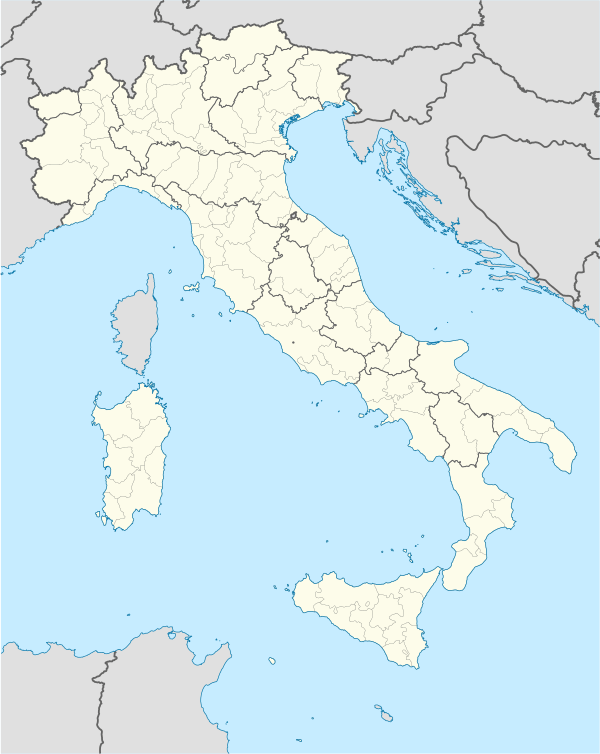Domusnovas
| Domusnovas | ||
|---|---|---|
| Comune | ||
| Comune di Domusnovas | ||
|
| ||
| ||
 Domusnovas Location of Domusnovas in Italy | ||
| Coordinates: 39°19′N 8°39′E / 39.317°N 8.650°ECoordinates: 39°19′N 8°39′E / 39.317°N 8.650°E | ||
| Country | Italy | |
| Region | Sardinia | |
| Province | Carbonia-Iglesias (CI) | |
| Government | ||
| • Mayor | Angelo Deidda | |
| Area | ||
| • Total | 80.5 km2 (31.1 sq mi) | |
| Elevation | 152 m (499 ft) | |
| Population (31 May 2007[1]) | ||
| • Total | 6,489 | |
| • Density | 81/km2 (210/sq mi) | |
| Demonym | Domusnovesi | |
| Time zone | CET (UTC+1) | |
| • Summer (DST) | CEST (UTC+2) | |
| Postal code | 09015 | |
| Dialing code | 0781 | |
| Website | Official website | |
Domusnovas, Domus Noas (new houses) in sardinian language, is a comune (municipality) in the Province of Carbonia-Iglesias in the Italian region Sardinia, located about 40 kilometres (25 mi) northwest of Cagliari and about 20 kilometres (12 mi) northeast of Carbonia, in the Sulcis-Iglesiente region, in the valley of the Cixerri river.
Domusnovas borders the following municipalities: Fluminimaggiore, Gonnosfanadiga, Iglesias, Musei, Villacidro, Villamassargia.
The town is known for the Grottoes of San Giovanni, located some 2 kilometres (1 mi) from the town.
History
The area of Domusnovas was inhabited since prehistoric times, as attested by the presence of Neolithic walls (demolished in the 19th century) and several nuraghe. During the Roman domination of the island it was a village across the Cagliari-Sulcis road, used to trade the ore extracted in the nearby Metalla.
In the Middle Ages it was part of the giudicato of Cagliari, and, when in 1257 the latter was conquered by Pisan troops, it became a fief of count Ugolino della Gherardesca. In 1324 it was occupied by the Aragonese
References
External links
| Wikimedia Commons has media related to Domusnovas. |
| ||||||||

